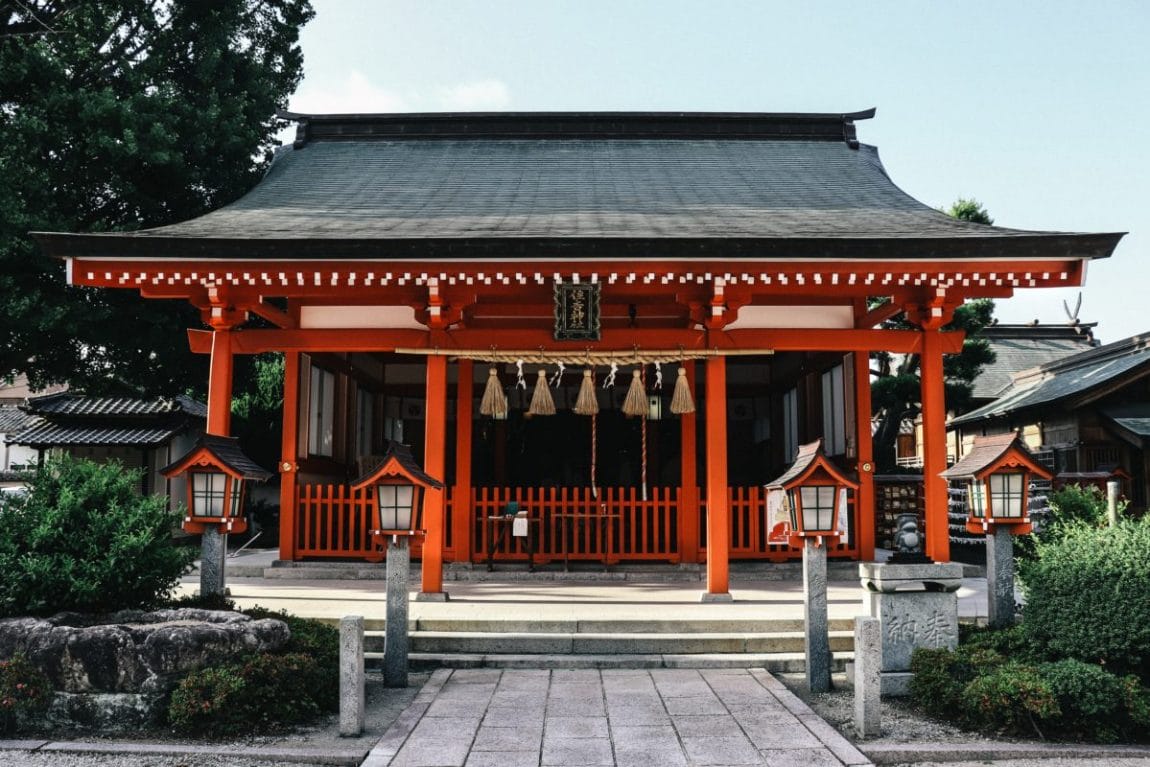Are you ready to immerse yourself in the unique and oh-so-fascinating culture of Japan? From its picturesque landscapes to its warm and welcoming people, Japan is truly a gem. But here's the thing, every country has its own way of doing things, and Japan is no exception. Listen up, my friend, because I've got 12 nuggets of advice that are sure to make your visit to Japan nothing short of a fantastic adventure! Trust me, avoiding these mistakes will not only make your trip more enjoyable but also show respect to the locals and their customs, something every traveller should strive for! Here’s our guide on mistakes travellers to Japan should avoid ensuring you have an incredible trip while being respectful to its residents.
1. Shoe and Slipper Etiquette
In Homes & Temples
In Japan, it’s customary to remove your shoes before entering homes, temples, and other cultural buildings. This is because shoes are considered dirty and it’s believed that they should be left at the door to keep the inside of the building clean. Many homes in Japan have “genkans”, an area reserved for taking off your shoes when entering a house. Your shoes can be easily replaced with the slippers that your hosts will typically provide at the entrance. They’ll be so comfortable that you might forget you're even wearing them, but we hope not because it’s a big no-no to walk outside with these slippers on. Make sure to leave them at the door before exiting!
You should also be aware that there are different types of slippers for different purposes. A little bit confusing right? For example, there may be separate slippers for the toilet or for the tatami mats in a traditional Japanese room. It’s important to follow proper slipper etiquette, as not doing so may be considered disrespectful. It’s also worth noting that shoes should not be worn in areas designated for barefoot, such as in temples, shrines, and other cultural buildings. If you plan to visit temples, shrines, or other areas of cultural significance, come prepared by wearing socks or bringing an extra, clean pair to wear inside. Our guide on what to wear in Japan is a great resource for figuring out what shoes to bring if you’re still uncertain!
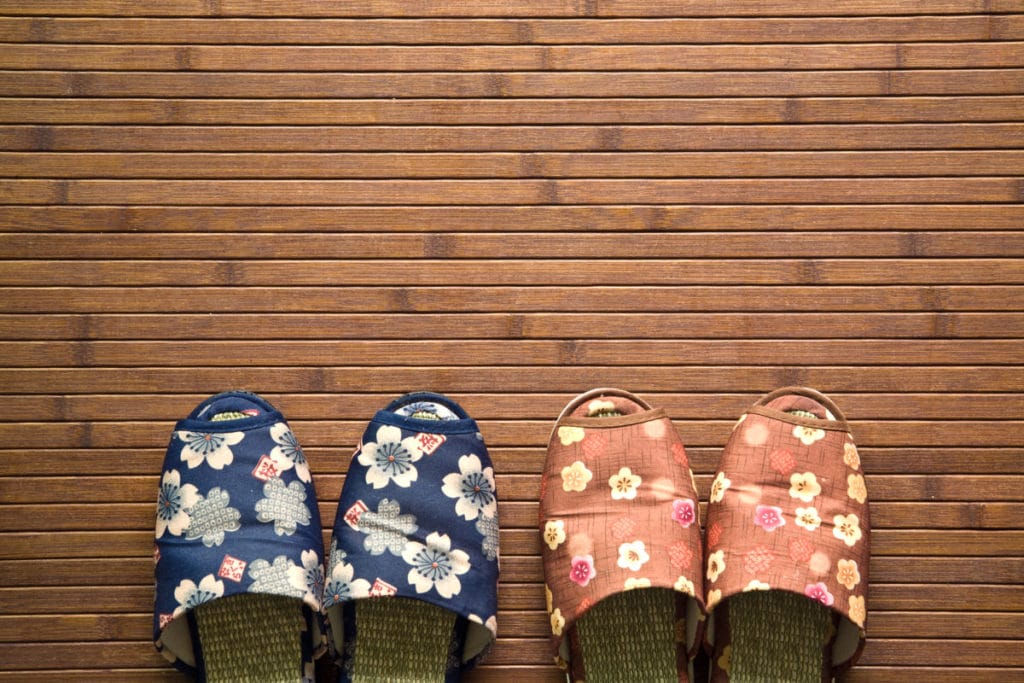
Indoor places.
In Japan, it’s common to remove your shoes when entering a building, particularly in indoor spaces such as homes, temples, shrines, and traditional inns or ryokans. Outdoor shoes are thought to be dirty and seen as a symbol of the outside world. Makes sense after walking around in bustling Tokyo all day, right? Making an effort to remove your shoes when necessary will help you avoid making a cultural faux pas. Try to be mindful of the type of shoes you’re wearing, as certain shoes, such as sandals, might not be allowed in some indoor spaces. If you’re given slippers at the entrance to a building remember to wear them inside only! We know they’re comfy but these aren’t meant for sightseeing or as a souvenir!
2. Sneezing & Coughing without covering your mouth!
In Japan, it is considered polite to cover your mouth and nose when coughing or sneezing, especially in public places such as on trains, buses, or in crowded areas. This helps to prevent the spread of germs and shows respect for others around you. Visitors to Japan should be mindful of this custom, as not doing so may be considered impolite or rude. Using a tissue or handkerchief to cover your mouth and nose is the best way to demonstrate good manners and cultural sensitivity. It is also worth noting that in Japan, it is common to see people wearing masks in public to prevent the spread of illness. Visitors to Japan should consider bringing a mask or two, especially if they are feeling unwell, as wearing a mask shows respect for others and demonstrates a responsible attitude towards public health. This is even more important since the start of COVID.
3. Eating while walking
Eating and drinking in public places in Japan, such as on trains, buses, and in crowded areas is considered bad manners! You won’t catch any local people using the subway system as a personal dining area. Eating in public can be seen as disruptive and messy, and while it might be common in your home country, it could leave a bad impression in the Land of the Rising Sun. Try to be mindful of these customs and avoid eating or drinking in public places. If you do find yourself needing to eat on the go, take your meal to a designated area, such as a park or quiet street corner, to chow down and enjoy. After all, a meal is best enjoyed at a slow pace and there may be no better place to practice this custom than Japan. Keep in mind that Japan puts a strong emphasis on manners and etiquette and food preparation is considered an art form.
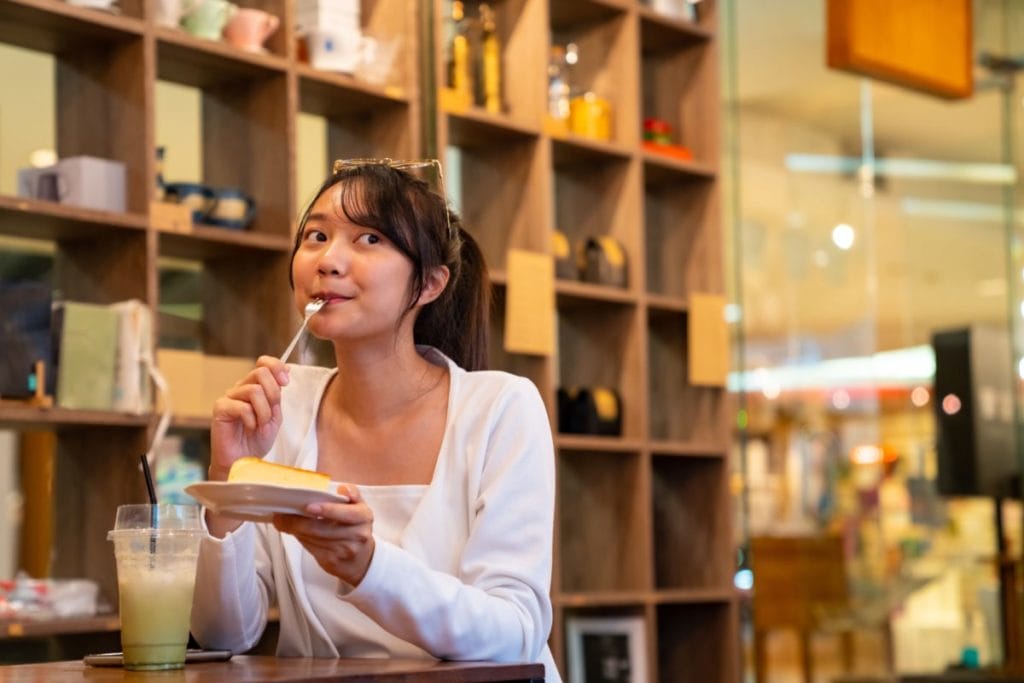
4. Not respecting personal space in crowded places.
Personal space is highly valued in Japanese culture and there is a strong emphasis on respecting others’ boundaries. Most locals have a small personal bubble! As you may have seen, trains and buses can be packed during rush hour in Japan and you might find yourself feeling frustrated with the constant crush of humanity. Try to be mindful of personal space and avoid physical contact, such as pushing or jostling if possible. Other things to steer clear of in crowded public spaces include eating and drinking, smoking, and talking on the phone. Luggage size is also something many travellers don’t consider but large bags can take up valuable space and cause others discomfort.
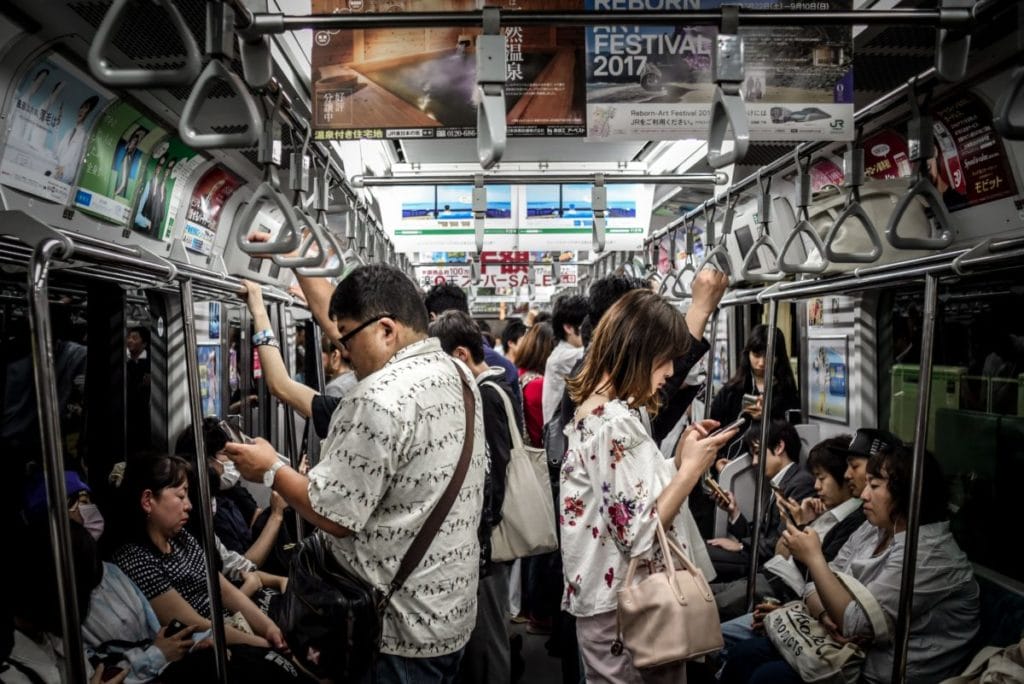
5. Being impatient in queues
Ever heard of Marie Kondo? There’s a reason she’s the organization queen! Order and organization is everything in Japan and something the country really prides itself on. This is reflected in the way people queue in public places and you’ll see it almost everywhere including train stations, shops, and restaurants. Queuing is an important social custom and it’s important to line up in the correct order to avoid causing confusion or frustration, mirroring local customs. Behavior while queuing is almost as important as the act of queuing itself. Strictly avoid cutting in line, talking loudly, saving spots for friends, or being disruptive, and you’ll blend right in!
6. Improper handling of Chopsticks
Chopsticks are a common and important part of the dining culture in Japan and there are strict rules and customs when it comes to using them. Make an effort to use them correctly and follow local dining practices and you’ll avoid making a cultural blunder. Some common mistakes to steer clear of are holding the chopsticks too tightly, waving them around, moving food from one dish to another, playing with your food, or pointing them at someone. Also be mindful of where you place your chopsticks when you aren’t using them. Perhaps the biggest mistake to avoid is accidentally placing your chopsticks vertically in a bowl of rice. This is considered extremely rude as it resembles the ritual of offering food to the dead.
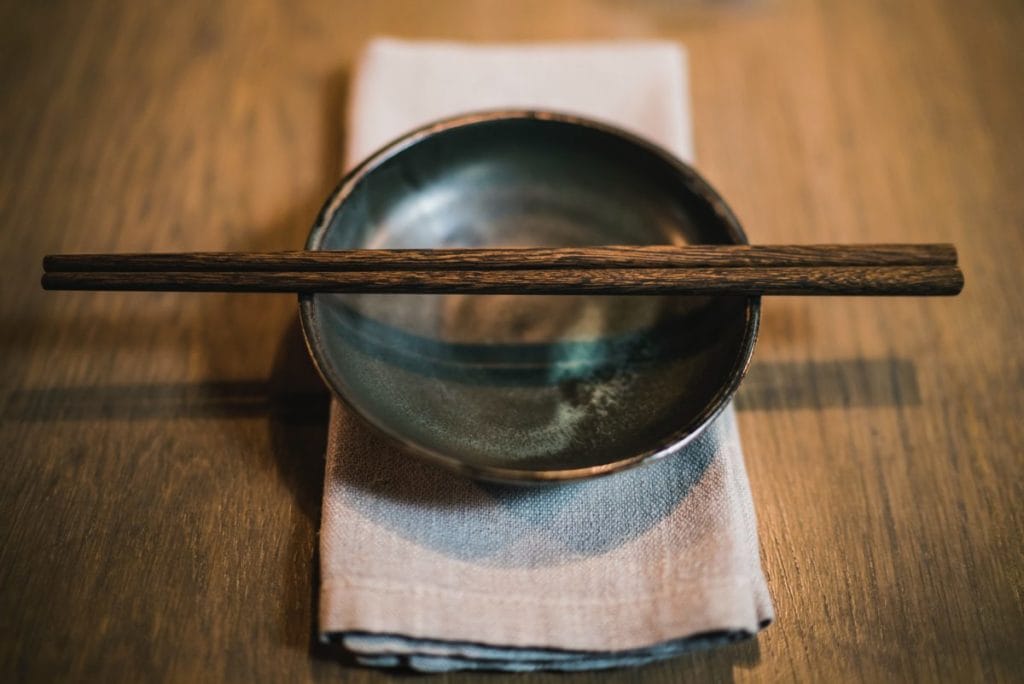
7. Not following bathing etiquette in public baths
Public baths, known as “onsen” or “sento,” are an important part of Japanese culture and enjoyed by many people for their therapeutic properties. As with many activities in the country, there are an important set of rules and customs to follow! Before entering the bath, be sure to thoroughly wash and rinse your body and hair and avoid wearing swimwear or bringing towels into the bath. Be careful of the temperature of the water, as some can be steaming hot! Always avoid splashing or making a lot of noise in the water too. This isn’t a public swimming pool after all! Onsens are typically segregated by gender, and you should be mindful of the signs indicating which baths are for men and which are for women. Protocol involving clothing and hygiene in onsens is crucial as well and our guide on what to wear in Japan goes into these customs more in depth.
8. Expecting to be able to pay with a credit card everywhere in Japan
Although Japan is a highly developed country with a modern economy, the expectation of always being able to use a credit card isn’t always accurate. Cash is still widely used as a means of payment and it’s not uncommon to run into situations when cash is the only form of payment accepted. Smaller shops, restaurants, and local markets are places where you should be prepared to bring cash. Additionally, vending machines and ticket machines for public transportation, as well as taxis, may only accept cash.
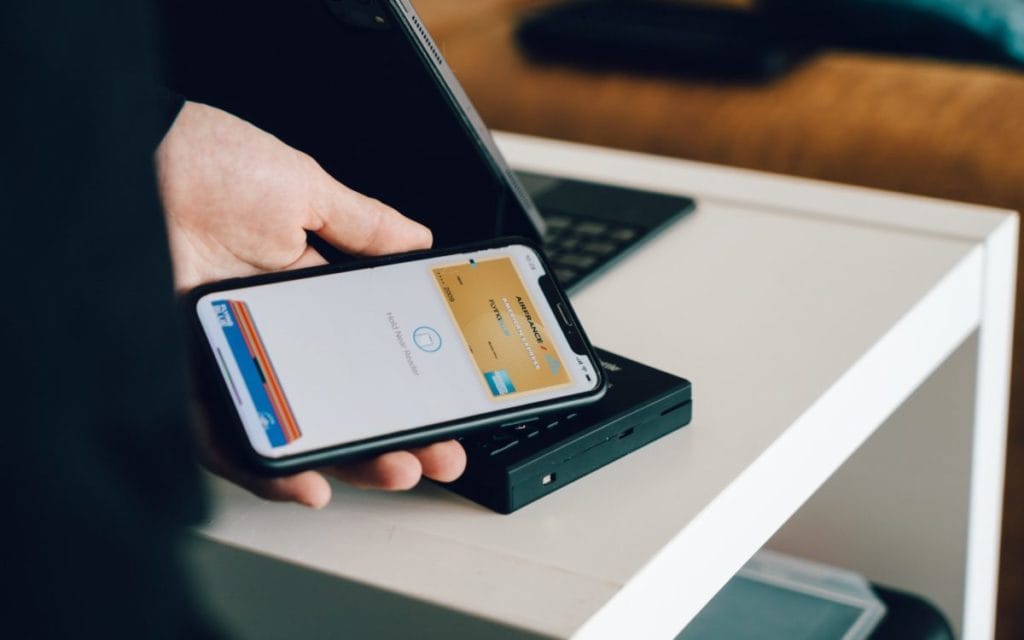
Electronic money, also known as prepaid cards, is a popular alternative to cash in Japan. These cards are rechargeable and can be used for a variety of transactions, including purchases at convenience stores, vending machines, and for transportation fares. One of the benefits of using electronic money is that it’s widely accepted, making it easy for you to make purchases without having to carry cash. Several types of electronic money cards are available in Japan, including transportation-specific cards, such as Suica and Pasmo, as well as multi-purpose cards, such as Rakuten Edy and Nanaco. You can purchase and reload these at station ticket vending machines, convenience stores, and post offices.
9. Not respecting quiet spaces
Quiet spaces are highly valued in Japan and should always be respected. Are you seeing a familiar trend here? Typical places where quietness is expected include temples, museums, libraries, and public transportation. You should avoid talking loudly or using a mobile phone in these spaces. Keeping your voice down and minimizing other noises, such as shuffling feet or clanging objects, will also be greatly appreciated. Residential areas and quiet streets are also designated as quiet areas and excessive noise can disturb local residents.
10. Trying to Customize Food Orders
Cooking and food preparation is seen as an art form in Japan. That being said, it’s not common to customize food orders. A strong emphasis is placed on preserving traditional flavors and ingredients and the presentation of dishes is of great importance. Making alterations or substitutions to the traditional ingredients is uncommon and sometimes even considered rude. While this may be more normal in Westernized restaurants it’s still often frowned upon. Try to keep in mind that it’s not uncommon for restaurants to have strict rules and procedures in Japan, such as specific seating arrangements. The best way to enjoy your dining or foodie experience is to go with the flow and follow the rules. After all, you’ll be enjoying one of the most delicate and delicious cuisines on the planet!
11. Assuming that Everyone Can Speak English
Japan is a modern and technologically advanced country, but that doesn’t mean everyone speaks English. While English is taught in schools, it’s not widely spoken outside of major tourist areas and international businesses. You should not assume that everyone you meet will be able to speak English. It’s always a good idea to carry a translation app or phrasebook to help with communication just in case you find yourself in a jam. Additionally, learning a few basic words in Japanese can go a long way in establishing good relationships and showing respect for local customs. Extra bonus points if you learn some phrases ahead of time! In tourist areas, such as Tokyo, Kyoto, and Osaka, it’s more likely that you’ll run into English speakers, but you should still be prepared for the possibility of communication difficulties, especially when dealing with local businesses or services.
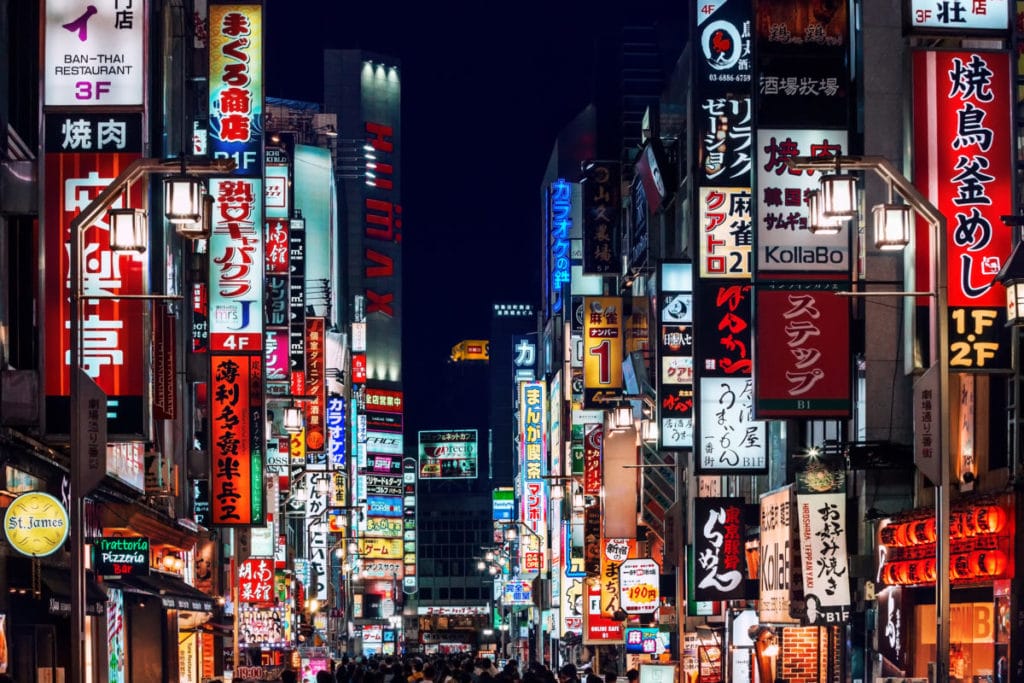
12. Mishandling Business Cards in Japan
Exchanging business cards, or “meishi,” is an important part of conducting business and building relationships with Japanese colleagues. That being said, there are specific customs and protocols that you’ll need to follow when exchanging business cards. A common mistake that visitors make is not treating the business cards they receive with respect. In Japan, business cards are not just a piece of paper, but a reflection of the individual who gave it to you. They should be handled carefully and treated with the utmost regard. Strictly avoid folding, bending, or writing on them.
Aside from protocol involving accepting business cards, you should be sure to bring your own on a business trip to Japan! Exchanging business cards is often the first step in building a professional relationship and not having your own might be seen as a sign of disinterest or lack of preparation. Be sure to present your card with both hands and to take time to examine and read the cards that you receive in return. This shows respect for the individual and demonstrates a genuine interest in building a relationship, both important factors you won’t want to ignore if you plan on creating a partnership!
